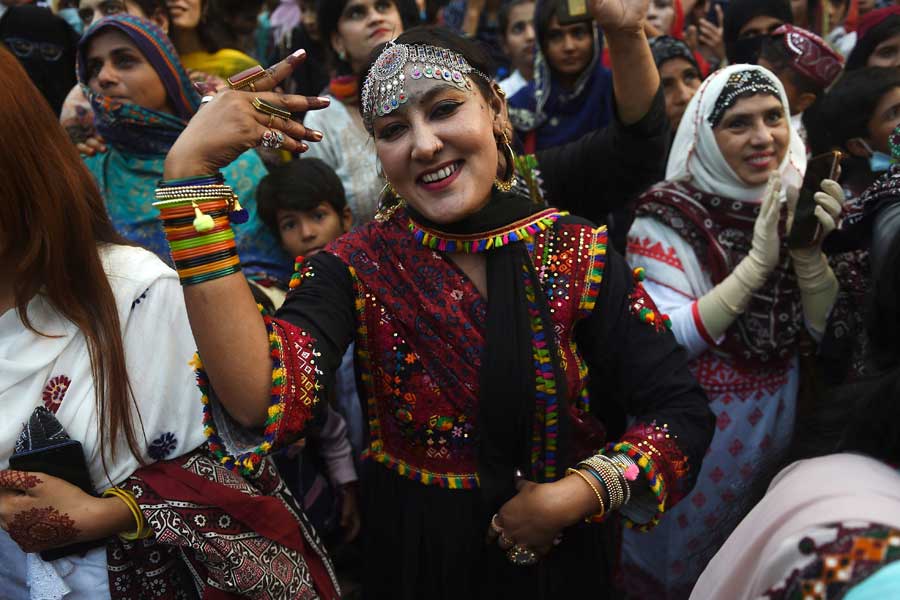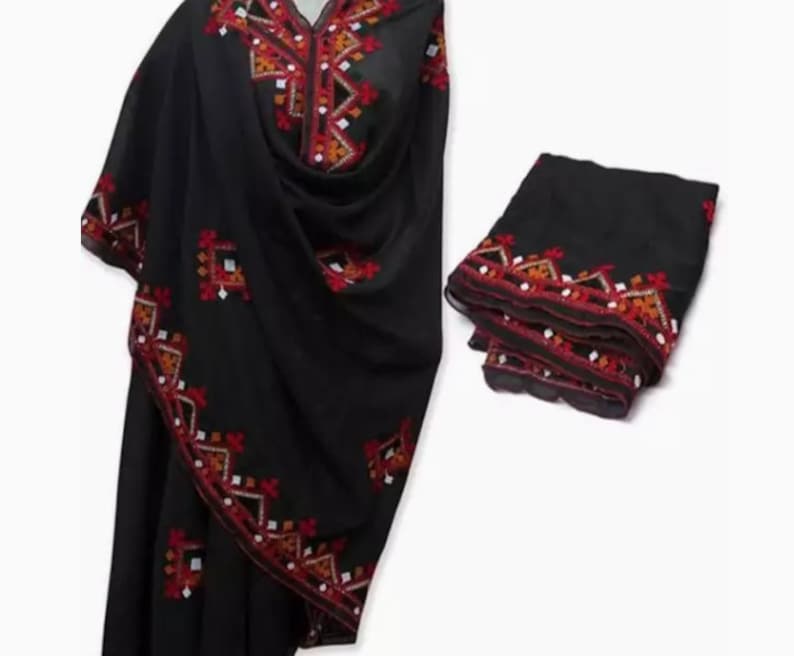
Two months after the incident of Nimrita’s death occurred, the horrific news was reported that a ten-year-old girl, Gul Sama Rind, was stoned to death on the pretext of honour killing in Wahi Pandhi of the district Dadu. The report stated: “The constriction of the neck from outside by ligating material (narrower in width as self-explaining from ligature mark present on the neck to be compared to the recovered ligature with configuration of ligature mark advised) has caused the death of the deceased by producing asphyxial signs.” The report revealed that Nimrita was sexually assaulted and then murdered. The final post-mortem report rejected the claim that she had committed suicide. At the very beginning of the investigation, the police said that it was a suicide, but later, new aspects of the case emerged. That incident angered the people of Sindh, especially the youth. On September 16, 2019, the dead body of Nimrita Chandani, a final year BDS student at the Bibi Aseefa Dental College, Larkana, was found in her hostel room. Let’s raise our voice for justice for Nimrita, Tania, Naila, Gul Sama, and many more killed, raped, marginalised and persecuted womenīoth incidents happened in 2017, but three high profile incidents of three different Sindhi girls have been reported this year too. A media report revealed, “According to a judicial report investigating the mysterious death of the Sindh University student, Naila Rind, which was presented in court, the student allegedly committed suicide following exploitation and blackmail by the accused in the case after the two exchanged photos of an intimate nature.” Whatever the cause behind her death might be, whether it was suicide or murder, it was quite clear that the male dominant society was responsible for Naila Rind’s death. In the same year, another incident happened at the University of Sindh, Jamshoro, where the dead body of a girl student, Naila Rind, was found in her room at the Marvi Girls Hostel. The story of Tania Khaskheli is not of the old times when bonded labour existed in Sindh this incident happened only two years ago, in 2017, in the Jhangara village of the Jamshoro district, the same district Chief Minister Sindh Murad Ali Shah belongs to. Even when the alleged murderer entered Tania’s home along with his accomplices, she resisted and tried to escape but was shot by Khan. The ‘crime’ of the girl simply was that she did not surrender to the landlord, Khan Noohani, who was continuously harassing her.

Tania Khaskheli was a Muslim Sindhi girl who was shot dead in front of her family members by a landlord for refusing to marry him. It is true that Hindu girls and women face more repression as compared to Muslim females, but Muslim women also face many issues at the hands of men, ranging from domestic violence to abduction and killings. Apart from cases of honour killing, Sindhi women also face many other issues hundreds of Sindhi Hindu girls have been abducted and then forcibly converted to Islam. Unfortunately, Sindh ranks second after Punjab in these killings in the name of so-called honour. According to the Human Rights Watch, 1,000 incidents of honour killing occur every year in Pakistan. This is the same Sindh where despite proudly celebrating cultural events by associating with the five thousand-year-old civilisation of Indus, Sindhi women are still unsafe.

The discovery of jewellery and other ornaments from Mohenjo-daro depicts that the status of women five thousand years ago was better than it is in today’s age. Although the statuette of a dancing girl is exhibited at the National Museum of New Delhi, India, it is very clear that as it was discovered from Mohenjo-daro, the statuette represents the civilisation of the people of Sindh. One example in this regard is the statuette of a dancing girl, which was discovered by the British archeologist, Ernest Mackay, in Mohenjo-daro in 1926. Although celebrating the cultural day is good to maintain a bond with someone’s cultural identity, but at the same time, we must not forget that the Indus Civilisation, through excavations of Mohenjo-daro, reveals how the women of Indus lived their lives independently. In 2019, the cultural day was celebrated on December 1 in Sindh and the world over wherever Sindhis are living. We are not good human beings until we treat our women as equal human beings.įor a decade, the people of Sindh have been celebrating the Sindhi Cultural Day in the month of December every year.

In reality, we are neither civilised nor good human beings, as the history of our civilisation, the Indus Civilisation, shows a picture different from what we portray practically.

Today, we are living in a frustrated, patriarchal society, where although we call ourselves civilised and good human beings, women in our society are not safe.


 0 kommentar(er)
0 kommentar(er)
